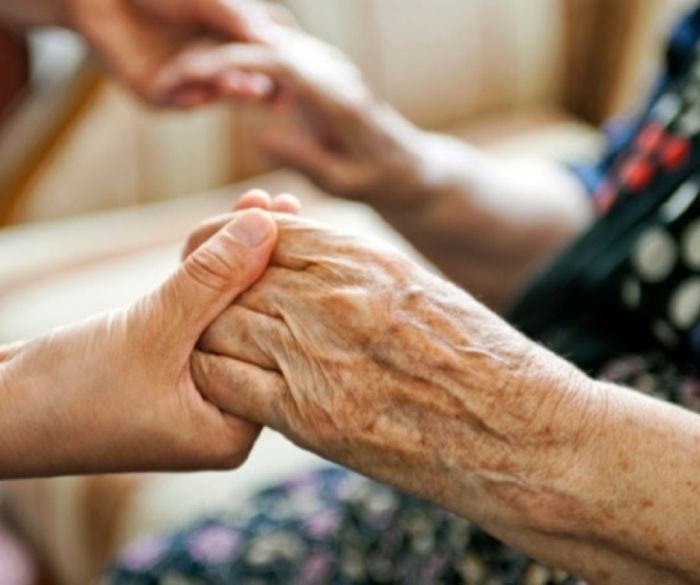As we have seen recently, significant concerns exist regarding the overcrowding of Emergency Rooms (ERs) in the Fraser Health region. As a result, some have called for increased funding for primary and acute care to prevent unsafe overcrowding. While this seems like a common-sense solution, it may only have a temporary Band-Aid effect as it will not address the root cause of the problem, which is the lack of appropriate supports in home and community care.
In B.C., approximately 13 per cent of hospital beds are filled with patients who are ready to be discharged but for whom there is no appropriate place to go. These patients, known as Alternate Level of Care (ALC) patients, spend on average 182 days in care limbo. About half of ALC patients are awaiting discharge into long-term care.
These patients significantly contribute to hospital ward overcrowding, occupying up to 7,500 beds each day across the country. In an attempt to reduce ER overflow, these patients are often cared for in hallways, a practice that Fraser Health stopped earlier this year.
The BC Care Providers Association (BCCPA) has recommended health authorities begin transitioning funds from their acute care budgets into the home and community care sector. As outlined in a 2015 BCCPA report, transitioning just one per cent of regional acute care budgets each year for five years could generate $320 million for the home and community care sector. This additional funding could translate to approximately 4,400 new long-term care beds, or 12 million more home care hours.
According to a 2015 Insights West poll, 62 per cent of British Columbians believe the health care system is too focused on acute care and not focused enough on community or residential care for the elderly. Despite this support, Fraser Health Authority (FHA) appears to be the only health authority in B.C. that has seriously begun this transition, starting by closing 100 acute care beds last year. The intent of these closures was to reinvest in the home and community care sector, as FHA is currently constructing 400 new residential care beds. FHA has also established a target of reducing ALC days from 17 per cent to 10 per cent of all hospital days.
This should be just the beginning. In a 2017 report, Strengthening Seniors Care: A Made-in-BC Roadmap, the BCCPA recommended the Ministry of Health set as a target that by 2021, no more than five per cent of all acute care beds be occupied by a senior awaiting care in the community.
Daniel Fontaine, CEO
BC Care Providers Association
